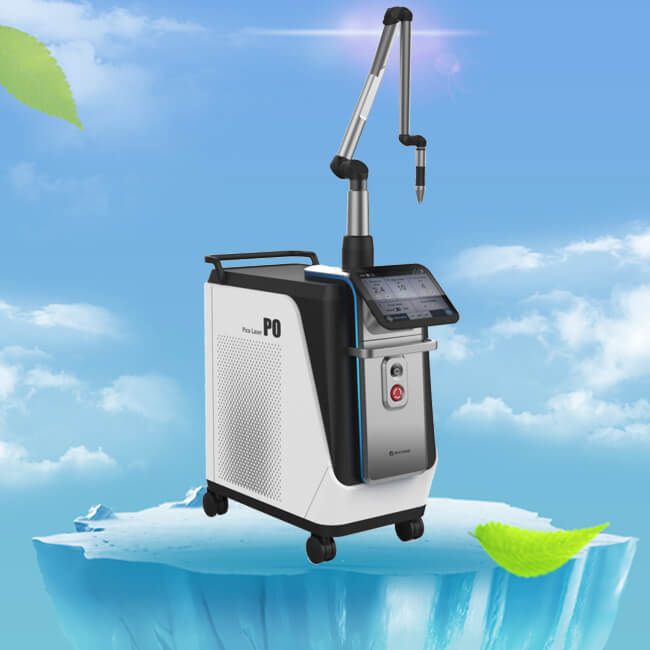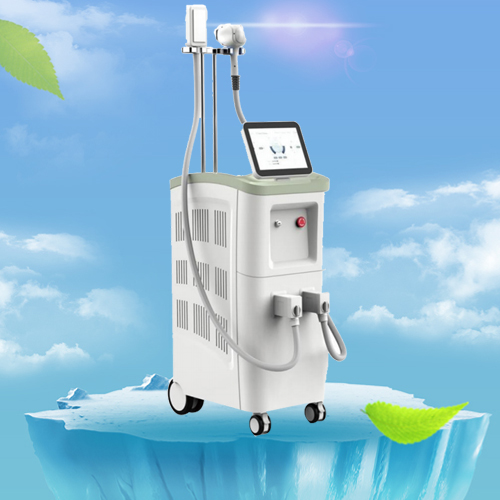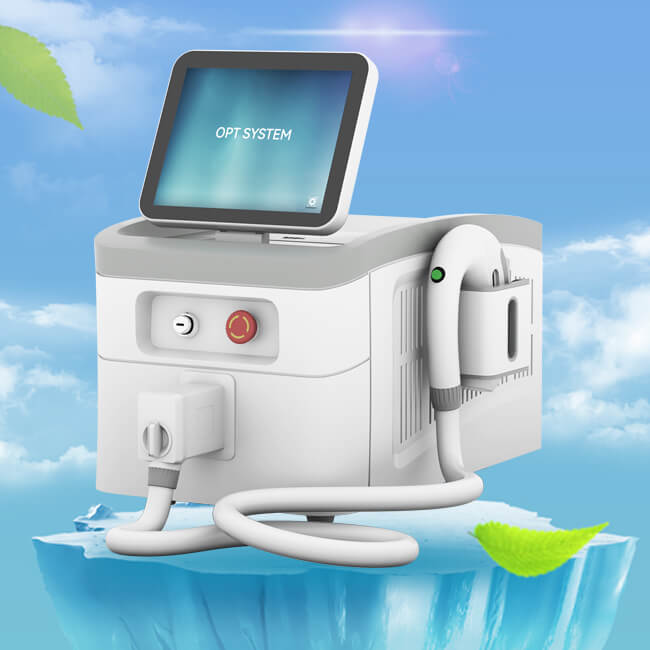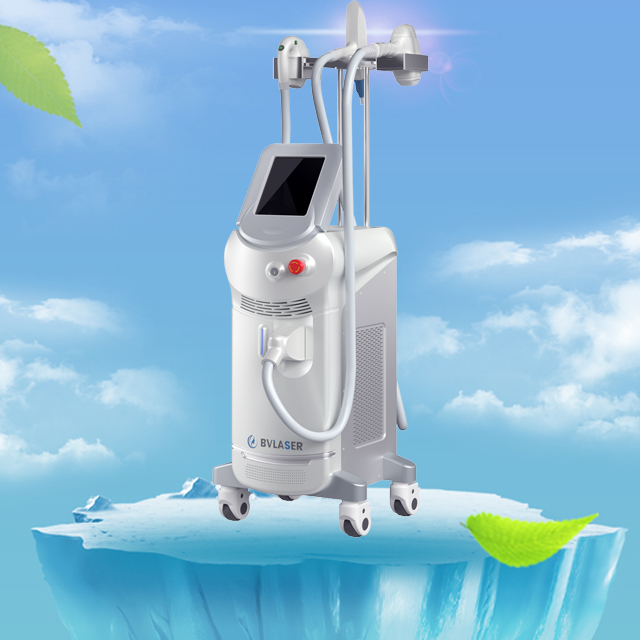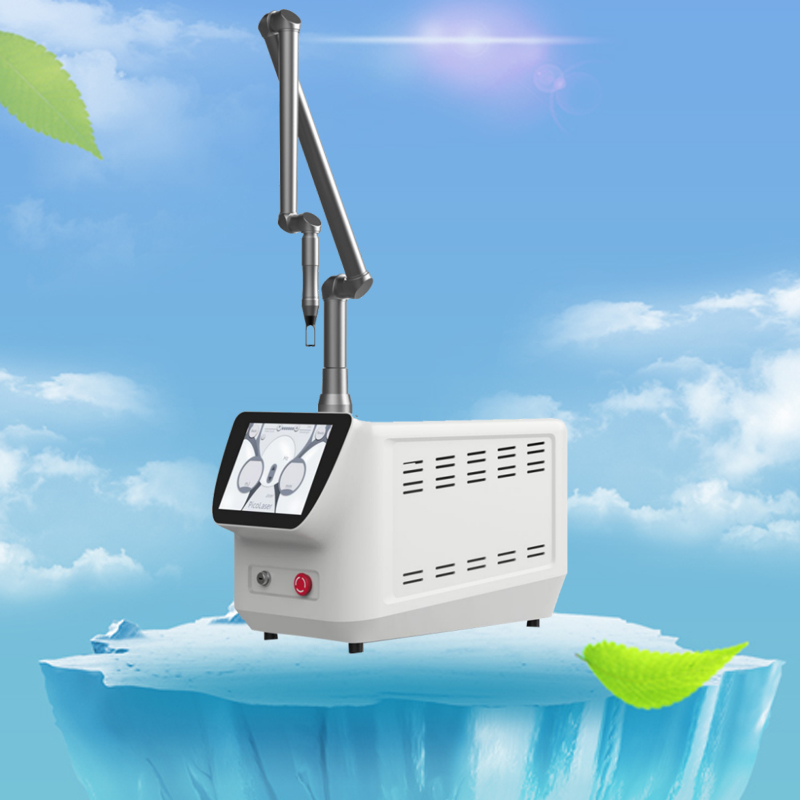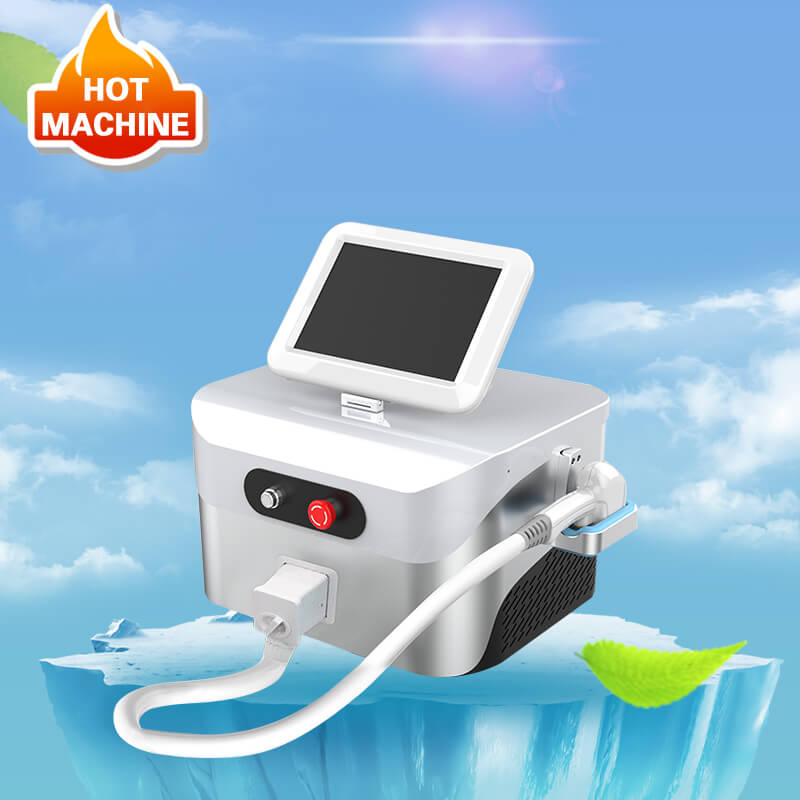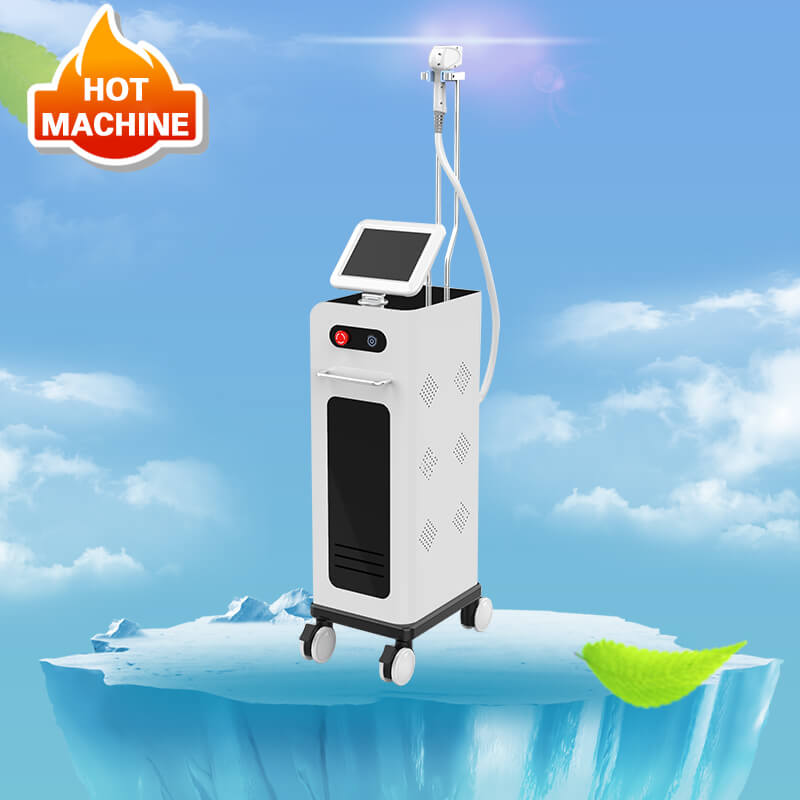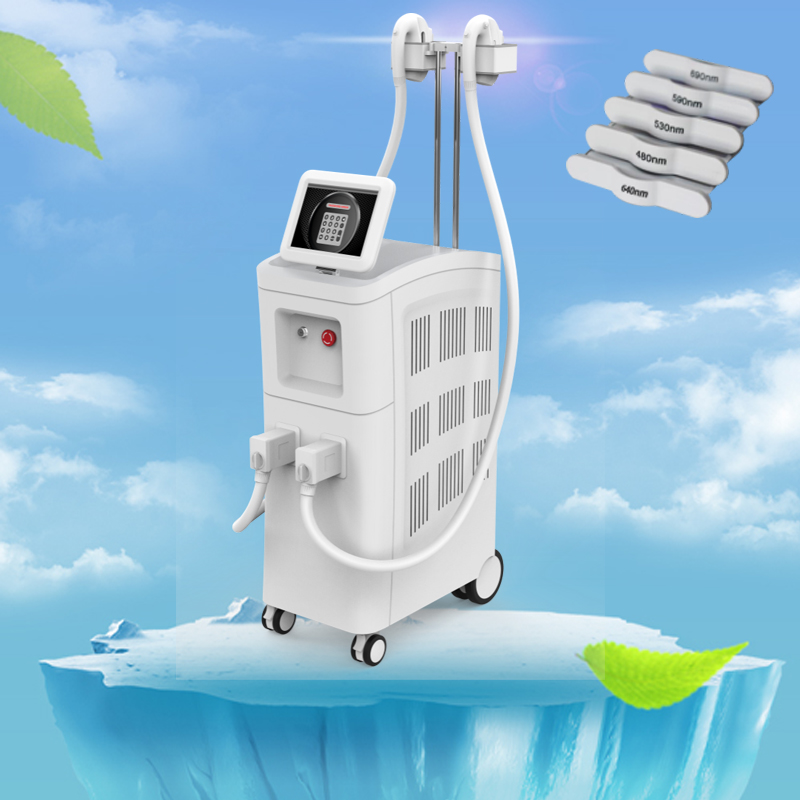CO2 Fractional Laser For Anti-Aging
Author:baishilf Time:2024-04-29 15:13:44
According to many doctors, CO2 fractional laser machine therapy is considered the anti-aging breakthrough of the decade. CO2 fractional laser therapy is a skin-resurfacing treatment that combines the effectiveness of traditional wrinkle removing carbon dioxide with a new application technique. This technique delivers amazing results without the usual harsh side effects and downtime associated with traditional wrinkle removing laser techniques.

Time can be considered one of the few invincible forces of the universe. It makes everyone age, which is something that applies even when you want to stay young. The good news is that advances in science and dermatology have created new techniques that can help rejuvenate the skin. The CO2 fractional laser is one such technique that can significantly reduce wrinkles, lines and other blemishes on the face without the need for even one incision.
CO2 laser skin resurfacing can give the patient numerous advantages over traditional treatments while offering a comparable result. Some benefits may be otherwise unobtainable.
Understanding the skin
The first thing you must understand is that your skin has more than one layer. Three layers can contribute towards lines, wrinkles and other blemishes that may present themselves upon your face. The skin has three layers: the epidermis, the dermis, and the subcutis.
The epidermis is the outermost layer of your skin. This is where most of the skin derives its coloring, as melanocytes are located on this layer. Some visible blemishes may also reside on this layer.
The dermis is the middle layer. This layer has elastin and collagen, which are the two components that give your skin most of its durability. As these components break down with aging, the skin becomes loose and gives the appearance of sagging.
The subcutis is the layer where your body’s fat resides. This layer is responsible for the “shape” of your body but not necessarily your skin. Imagine that it is more like a foundation.
Most blemishes, lines, and other problems are located in the epidermis and dermis layers. Treating these layers can fix loose skin.
How does CO2 fractional resurfacing work?
Collagen is the body’s main protein of connective tissue. Collagen keeps your skin plump and line-free. However, the natural aging process, combined with exposure to sun and pollution destroys collagen over time. Laser resurfacing puts the body’s natural collagen production on fast-forward by using “beamlets” of energy light to bore tiny holes in the skin. This process allows for the generation of new collagen cells. The breakthrough of CO2 fractional laser resurfacing is that it offers maximum results with minimal recovery time while preventing damage to the top layer of your skin. The CO2 fractional laser treatment erases skin imperfections while creating a more youthful and vibrant appearance.
What skin conditions can CO2 fractional laser resurfacing treat?
The CO2 laser treatment is designed to treat fine lines, wrinkles, acne scars, and pigmented lesions, such as melasma on the face and body. However, as with any laser surgery, patients with darker complexions may be at risk for pigmentation loss. Common side effects include redness and swelling that can last for about two days.
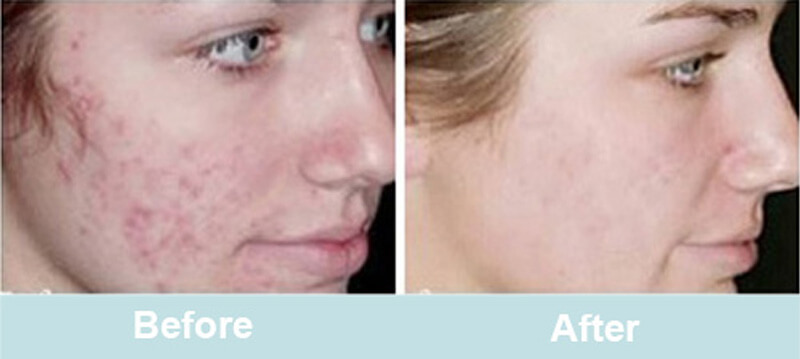
What does CO2 fractional laser resurfacing do?
CO2 fractional laser resurfacing can be used for a number of applications:
1.Deep wrinkles.
2.Severe sun damage.
3.Uneven color on the skin.
4.Indented acne scars.
5.Loose skin.
Most skin areas can be treated with CO2 fractional laser resurfacing. Popular treatment areas are:
1.Face.
2.Neck.
3.Chest.
4.Backs of the Hands.
What can expect after CO2 fractional laser treatments and are there any restrictions?
All patients experience redness initially. Immediately after the CO2 fractional laser treatment, the skin is usually red and swollen. Redness and swelling maybe milder with light treatments and last just a few days. Redness will be more intense after mid to deep treatments and last 1 to 2 weeks after your treatment. Subsequently there will be “pinkness” to the skin that may last 2 to 12 weeks depending on your skin characteristics and the “depth” of the treatment. Cover up make-up can be used to hide the pink color.
All patients experience some amount of swelling post procedure. Swelling is controlled with ice application and keeping the head elevated on pillows. Swelling usually peaks at 2 to 3 days after CO2 fractional laser treatment and then slowly resolves.
Deep CO2 fractional laser treatments may cause pinpoint bleeding or oozing and possibly crusting on the skin. You will have specific instructions for care of this situation which usually resolves in 2 to 3 days.
Skin peeling is expected after CO2 fractional laser treatments. This is the old superficial layer of skin peeling off to reveal the fresh new skin underneath. Peeling usually starts about 3 days post treatment and is gone by 7 to 10 days.
In general, we suggest you plan on 2 to 5 days at home for initial recovery, longer for deep treatments. Consider not planning major social events for at least 2 weeks after CO2 fractional laser treatment.
Sweat can irritate the skin and worsen redness and swelling, so major aerobic exercise should be avoided for 24 to 48 hours post treatment. After that you may exercise as tolerated and to your comfort level.
Sun exposure can cause unwanted pigmentation changes and uneven skin tone. You must avoid direct sunlight and be religious about use of sunscreen during the healing and rejuvenation process of the skin. UVA/UVB SPF 30 or above sunscreen must be applied prior to make-up for at least 6 months post CO2 fractional laser treatment.
What are the risks of CO2 fractional laser treatment?
The newer treatment method of CO2 fractional laser resurfacing has fewer complications and minimizes the risk to patients. Potential, generally uncommon risks are post-inflammatory hyperpigmentation (skin darkening), or hypopigmentation (skin lightening), superficial breakouts of cold sores or scarring.
Post-inflammatory hyperpigmentation or PIH is the darkening of areas of the skin causing a blotchy and not uniform skin color. This risk is most common in patients with darker skin. The condition is temporary and fades over time, and can be treated with Hydroquinone cream to speed the recovery. To help avoid or reduce the risk of PIH, patients with darker toned skin will be prescribed the Hydroquinone cream treatment starting 2 weeks before the laser treatment.
Infection is very rare with CO2 fractional laser treatment. A more common problem is a viral herpes infection. This virus lays dormant in almost everyone and an outbreak (e.g. cold sore) can occur with the CO2 laser treatment. All patients are given an anti-viral medication preventatively, prior to the start of treatment and continuing for 3 to 4 days after CO2 fractional laser treatment.
The risk of scarring is minimal with the CO2 fractional laser treatment. However, the skin’s surface is disrupted during the treatment. Strict skin care guidelines, provided and explained by your esthetic team, must be followed to minimize or eliminate this risk.
Hypopigmentation is a condition where areas of the skin may become lighter and blotchier. This may fade over time, but can be permanent. The CO2 fractional laser treatments reduce this risk.





